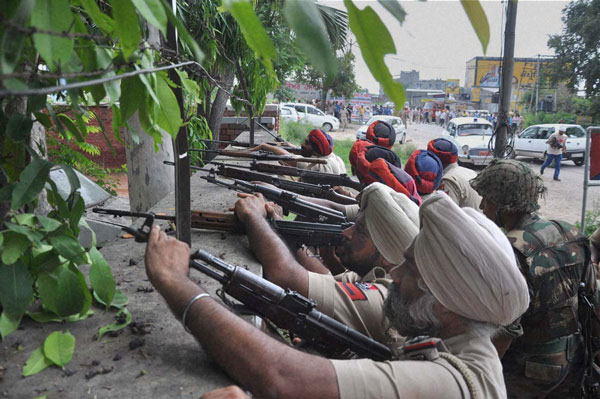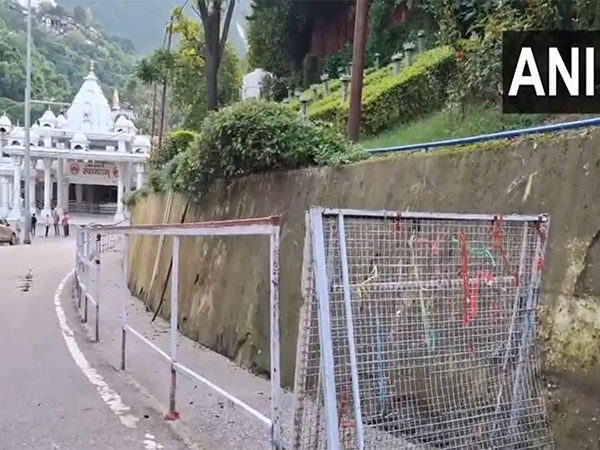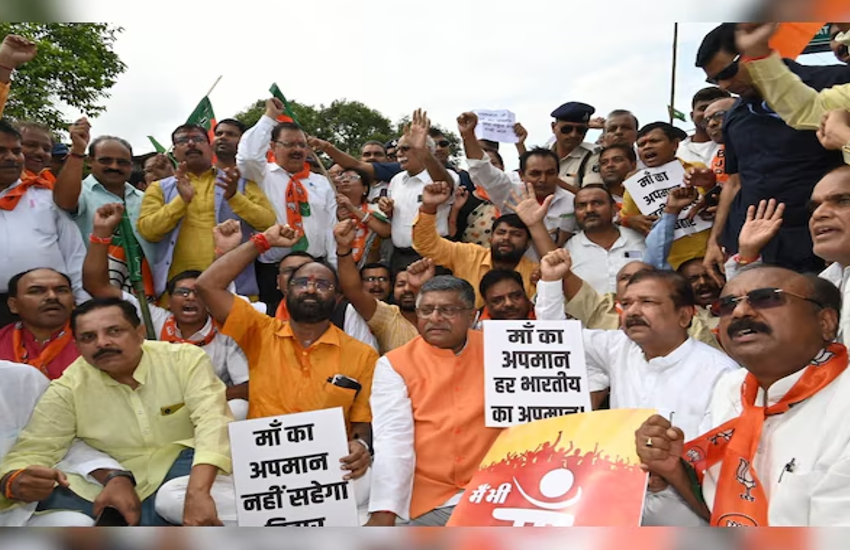Gurdaspur terror attack: many missing pieces in this jigsaw puzzle

Questions
- 4 policemen, 3 civilians and 3 terrorists were killed in Gurdaspur attack on 27 July. Many questions still remain unanswered
- Who was behind it?
- What was the motive behind the attack and why was Punjab chosen as the target?
The trail
- Terrorists started from Shakargarh in Pakistan, crossed the Ravi river near the border and reached Bamiyal village in India
- The took a bus to Gurdaspur and the attack began soon after they reached
Theories
- Security experts like AS Dulat believe the Lashkar-e-Tayyeba was behind the attack
- This could be the ISI\'s way of setting the agenda for the recently resumed Indo-Pak dialogue
- Former R&AW chief CD Sahay believes Pakistan\'s political establishment could have been involved as well
Even a day after terrorists struck a police station in Gurdaspur, we have learnt little else apart from the routes the terrorists took to reach, based on the recovered GPS data. While this is valuable information, we don't know which group was behind the attack, what were their motives and why they chose Punjab as their target. We can't even say with certainty the number of terrorists who carried out the attack.
Also read - Reading Gurdaspur: the attack doesn't mean Punjab militancy is back
Sequence of events
As of now, investigators believe that there were three terrorists in all who started their journey from Gharot village near Shakargarh town in Pakistan sometime on Sunday night. They crossed the Ravi river, and headed to the village of Bamiyal on the Indian side of the border.
Further, based on the GPS data that investigators have recovered from the site of encounter, this group is understood to have boarded an early morning bus from Bamiyal, that took them to the highway 1A, which links Punjab with Jammu and Kashmir and on to Hiranagar, passing several police checkpoints along the way.
From there the terrorists reached Dinanagar sometime before 5 am. Soon after, the 12-hour encounter began, shattering two decades of calm in Punjab. At the end of the encounter, three civilians and four policemen lost their lives and three terrorists were killed.
Suspicious timing

Photo: PTI
Security experts say that this is not the first time that a terror strike has taken place immediately after India and Pakistan take a step towards resuming dialogue. This might not be the handiwork of Pakistan's Inter Services Intelligence alone, the political establishment could also be involved as well.
"The question we need to ask ourselves is whether this behaviour from our neighbour will impact our regional political agenda. As expected, a lot of Indian leaders are already saying we have no options but to call the talks off. Now this makes it very easy for Pakistan because it can go around telling the world that despite their best efforts India reneged on its promise resuming dialogue because of some non state actors," says CD Sahay, former chief of the Research & Analysis Wing.
According to Sahay, Pakistan's political establishment could also be involved because the main talking point between the two countries is terrorism, on which Pakistan has little to say.
Punjab police sources say they had informed BSF about terrorists looking to sneak into India from near Sambha
"What will Pakistan talk about? Even in Ufa all we spoke about was terrorism. But when we get down to it, what will Pakistan say on the table? Will they wind up their terror camps and their strategic assets? Also another question we need to ask is whether their political establishment has the will (to act against terror camps)," says Sahay.
Since Pakistan's strategy of exporting terrorism is well known, Sahay says, there needs to be a nationwide debate on what our response should be.
He adds that terrorist groups have managed to get the sort of publicity that they failed to get with their attack on a police station in Jammu four months ago.
Porous borders
Terrorists have been slipping into India through largely identified cracks on the Line of Control. The river Ravi that runs along the LoC spills over every monsoon and floods the fence India has built up in the area. Monsoons are also the time when the tall elephant grass sprouts near the border making it tougher for Border Security Force or the Indian army to track infiltrations.
"It is true that large parts of the border in the Jammu area is not fenced. In many portions, the terrain is inhospitable and this makes it difficult to maintain a strict vigil. Security fores are not in the dark about this, they know where terrorists enter our country from. We urgently need to work on this."
Alok Bansal, director, centre for security and strategy at the India Foundation, disagrees. "The fence we have at the border is one of the most formidable barriers in the world. You can't have a fool proof border system. Even the United States has not been able to plug the holes in their system that lets a large number of Mexicans enter their territory. And terrorists who want to enter our country can do so from Nepal or Bhutan. We need to look at alternative solutions for this," he says.
Lt Gen (retd) Anil Chait, former chief of integrated defence staff, says "what is clear at the moment is that the aggression on India's territory is externally inspired...Whoever is behind the attack, whether Khalistan or ISIS inspired terrorists, are coming in through the border and need to be stopped there."
However he adds that there is only as much that can be done at the border. "We need to send message of strong deterrence against terrorism in physical or economic form," Chait says.
Whose fault is it?
Very soon after the incident, the chief minister of Punjab Parkash Singh Badal attacked the Centre, saying that it was the responsibility of the Ministry of Home Affairs (MHA) to seal the borders, through which the terrorists had apparently sneaked in.
Sources in the Punjab police say they had received information that terrorists were looking to sneak in from somewhere around Sambha in Jammu and Kashmir into Gurdaspur, which had been passed on to the Border Security Force.
However security expert Bharat Karnad puts the blame on the Punjab government.
"To begin with, it is our mistake that we didn't try and catch the terrorists alive. Punjab police took charge of the situation and despite having all the terrorists holed up in a building, they could not get any of them alive. Like Ajmal Qasab, we could have got a solid testimony against Pakistan and a vital source of information," says Karnad
Who is behind it?
Most security experts believe that the Lashkar-e-Tayyeba is behind the Gurdaspur attack. The home ministry also seems to be of the same view, according to sources.
Recovery of army fatigues, dry fruits, GPS satellite phones and other items from the slain terrorists is being seen as Lashkar's signature.

Photo: Sameer Sehgal/Hindustan Times/Getty Images
AS Dulat, former chief of RA&W, said, "the footprints behind the attack seem to be of those of the Lashkar-e-Tayyeba. Either Lashkar or Jaish-e-Mohammed may have carried it out. But the trouble brewing within Punjab cannot be ignored. It could have contributed to the terror strike".
The 'trouble' Dulat is referring to the Khalistan movement. Some sort of help by Khalistani militants in carrying out the latest terrorist strike, is not being ruled out.
Karnad says the government is not doing too good a job of containing the Khalistan movement. "If we look at the history of Gurdaspur, its own government seems to be responsible. The government seems to be unambigiously on the side of Khalistani terrorists. The Punjab government has taken several criminal cases against alleged Khalistani militants back. The same terrorists go across the border to receive training through a special 'khalistan cell' run in Pakistan," he says.
Alok Bansal agrees. "The government has gone out of its way to come across as being soft on Khalistan sympathisers. While at the moment we don't know who is really behind the incident, we can be sure that those on the other side of the border would want to exploit this situation and set aflame the dying embers of this secessionist movement."
He says that the target terrorists set themselves to attack - a police station - is very significant. "If Khalistanis are behind this attack or involved in it, this attack on law enforcement agencies will send a strong message of encouragement to all the sympathisers of this movement," says Bansal
First published: 29 July 2015, 1:21 IST





![BJP's Kapil Mishra recreates Shankar Mahadevan’s ‘Breathless’ song to highlight Delhi pollution [WATCH] BJP's Kapil Mishra recreates Shankar Mahadevan’s ‘Breathless’ song to highlight Delhi pollution [WATCH]](https://images.catchnews.com/upload/2022/11/03/kapil-mishra_240884_300x172.png)

![Anupam Kher shares pictures of his toned body on 67th birthday [MUST SEE] Anupam Kher shares pictures of his toned body on 67th birthday [MUST SEE]](https://images.catchnews.com/upload/2022/03/07/Anupam_kher_231145_300x172.jpg)






